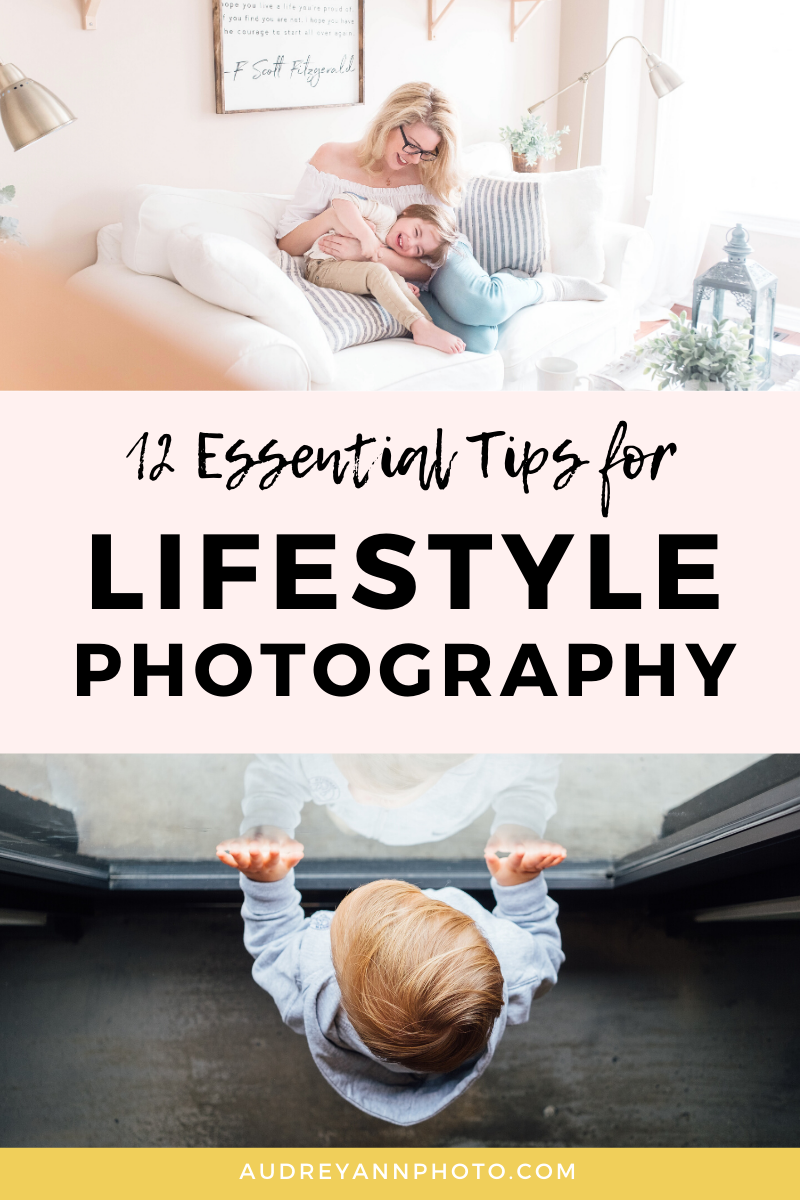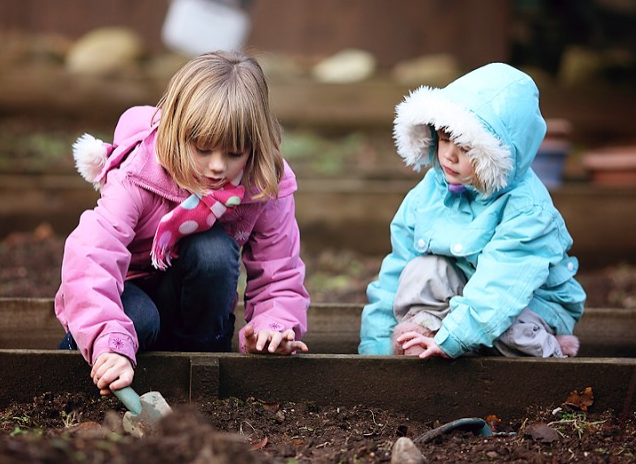12 Lifestyle Photography Tips for Better Everyday Photos
We all want to more beautifully capture our everyday, so today I'm going to give you some lifestyle photography tips that will take your lifestyle photos to the next level.
Although everyone has a slightly different take on lifestyle photography - for me, this is about capturing real life, as it happens, and finding the beauty the mundane details of everyday life.
This style of photography aims to capture photos that are not posed or staged, but rather real moments, expressions, reactions and details that tell us more about the subject or point in time that a simple portrait photo ever could!
Lifestyle photography is photojournalistic / documentary in style, but with a more artistic approach so that it is far beyond the traditional snapshot.
Although some of these lifestyle photography tips certainly apply to professional photographers, I've really written this with hobbyists in mind - moms, like me, who simply want to capture their children's lives in a beautiful, natural and authentic way!
Now, before we dive in, I wanted to let you know about an extra special freebie I’ve created just for you! It’s my FREE 90 Day Photography Learning Blueprint, and it’s a complete roadmap for you to follow that shows you exactly what you need learn to get great photos, and has links to further reading in each one. This little PDF is worth its weight in gold, so go grab it now (you’ll kick yourself in about a week if you don’t!)
Got that? Then let's get crackalackin with the tips then shall we?
1) Get your camera ready ahead of time if you can.
If you are indoors, attach a shorter focal length lens to the camera if you have one - I use my 50mm f/1.4 for indoors, or my 35mm f/1.4 (you can see my fave 3 lenses for child and family photography here!)
I generally shoot in Manual mode, and I usually start by setting my ISO for indoor shots at around ISO400, then my aperture, and I see what shutter speed that gives me - too slow and I bump up my ISO again.
If you have the time, set your white balance now using your grey card, it will save you a ton of time in processing later. (If it is a spontaneous moment, you can always take a photo of your Gray Card in the same location after the shot, and use this to set WB in Lightroom or ACR in processing)
Of course, lifestyle moments can be captured outside too, for these I generally prefer a longer length lens so that I can stand back and just shoot from afar.
Of course with lifestyle photography not everything can be planned in advance, but you can help yourself by always being prepared: have your camera in an easily accessible point, with an indoor lens, and some of the setting pre-arranged so you can be quite quick in setting up your camera should a photographic opportunity arise. You can read more about how I prepare for capturing everyday lifestyle moments here.
2) Think about Light
If I am taking a photo of a planned activity, I always try to set this up in a location that has good lighting on the subject - or at least the best I can manage wherever we happen to be.
If the activity is already taking place and you don't have enough light, try your best to let some light onto the scene by opening some curtains or a door, and / or changing your position.
This type of "staging" is perfectly OK - light is still the most important element regardless of whether it is lifestyle or not. In fact, I would say it is the number one element in giving lifestyle images their WOW factor, so it's worth paying special attention to this!
3) Think in "Stories"
Think of the story you are trying to tell when taking your photos and make sure you include elements that help support it.
You can tell a story with just one photograph, or with a series of photographs for a photo essay. When you know what you want to "say" and what you want to remember, you'll start to think of the images you need to make sure that the whole story is told.
We actually have a whole 5 step framework for storytelling photography, so be sure to check that out too!
4) Change how wide your shot is.
I usually try to take one that shows the whole scene, then move into capture some of the details. Try changing the point of focus too for an interesting take on the same scene. You can read some tips for capturing the details in lifestyle photography here too.
5) Keep changing your perspective
Moving around your subject and keep shooting from different angles. I normally try to take shots from several angles - from above, below and at the same level. Another favourite of mine is to peek over the shoulder of the subject so you can see things from their perspective too.
Generally speaking I start with a "safe" shot to make sure I've got it, then move around to see if I can get a more interesting perspective.
I also try to take in what's happening around the activity and try to place myself so that I'm not shooting with a distracting background - sometimes it simply can't be helped but I try to take a moment to see if shooting from a different angle would be cleaner.
6) Move away stray bits of the scene
To tidy up or not is entirely personal choice. Some believe that lifestyle should take in the scene as it was with no set up or change to the scene at all, others think that a little cleaning of the "stage" is perfectly OK..
Personally, I'll generally move any strays bits out of the way, provided that doing so will not stop me from getting the shot.
If you do tidy up, remember it's not about perfection: you still want it to look "real". Also, if it adds to the story - keep it in!
7) Don't direct, Observe
More candid shots are the name of the game here, so remember you are not asking for them to look at you or smile - just talk to them as you would normally as you take your shots and let them do their thing (although some gentle nudging to help them engage in their task so you can get some shots that you want is fine)
Sometimes it can be even better just to stay out of the way so that they don't change their behaviour just because the camera has come out - I tend to do this if I am shooting outside. Again, it really depends on what you are shooting and how candid you want it to be.
8) Shoot for memories
I always try to take photographs that will be memorable for ME, or that will help me to remember what was going on or how I felt at that particular moment. Shoot for yourself and what you want to remember, not just for aesthetics.
9) Capture Connections
Also try to be ready to capture any "moments" for example, emotions or interaction between subjects. Although you can nudge this along if need be, it's sometimes best just to have patience, and watch as the scene unfolds before you.
10) Think in Photo Book Spreads
When it comes to sorting through the images, and deciding which ones to keep, I think in photo book spreads. Generally speaking, it's unlikely that I would ever want more than say, 12 images of one activity like painting, generally five or so is plenty.
I cull with that maximum amount in mind and make sure I don't keep two images that are basically the same thing. Again, you should be thinking of the "story" when you cull - which images tell the story best individually, and when together. (You can read more about how I shoot for photo books here!)
11) Consider Black and White
I prefer a clean and classic look to lifestyle photos, and I also love to turn these into black and white as this usually helps if the images are grainy and if the images are a little too cluttered. However, I have been known to add a warm vintage look to photos if I feel it helps show the mood better - remember that editing is also about evoking a feeling too.
Whatever I do, I try to keep the editing consistent within that particular set of photos!
12) Embrace Imperfection
Although you want to strive for good lighting and composition with lifestyle photography, I believe that by their very nature of being "real", imperfection can be perfect, it's capturing the moment and the memory that is the most important. So what if the photo is a little noisy or not quite in focus - if the moment you wanted is captured in some way then you have achieved your goal!
I hope that you have found these lifestyle photography tips helpful! Teaching others how to beautifully capture their everyday moments is important to me, so be sure to join the mailing list and you’ll get a whole series of photography tips sent direct to your inbox! Sign up for the FREE 90 Day Photography Learning Blueprint today, which is totally awesome in it’s own right, and you’ll also be added to our mailing list and get our weekly tutorial. Go here to sign up!





















